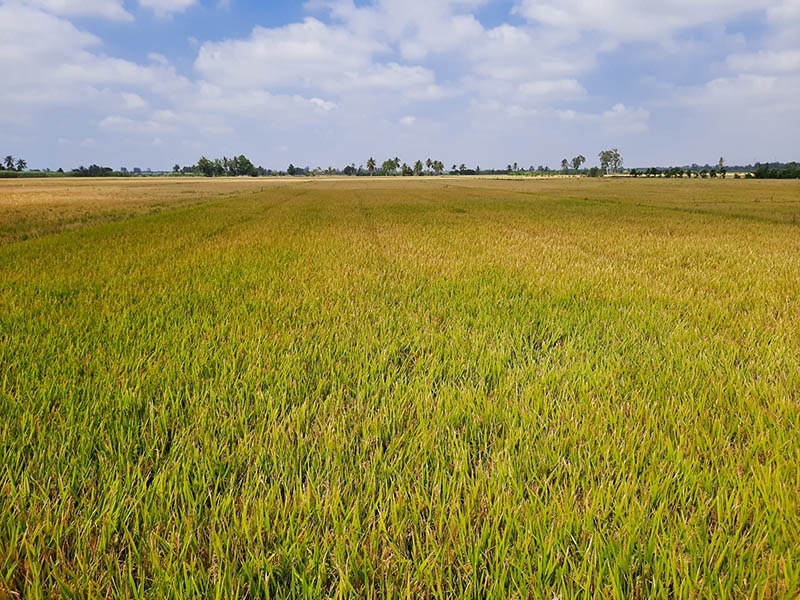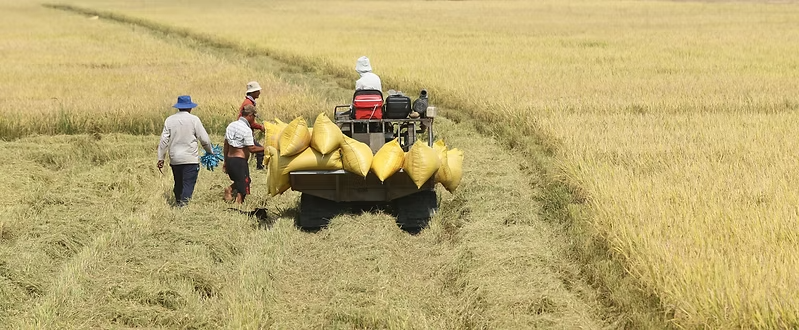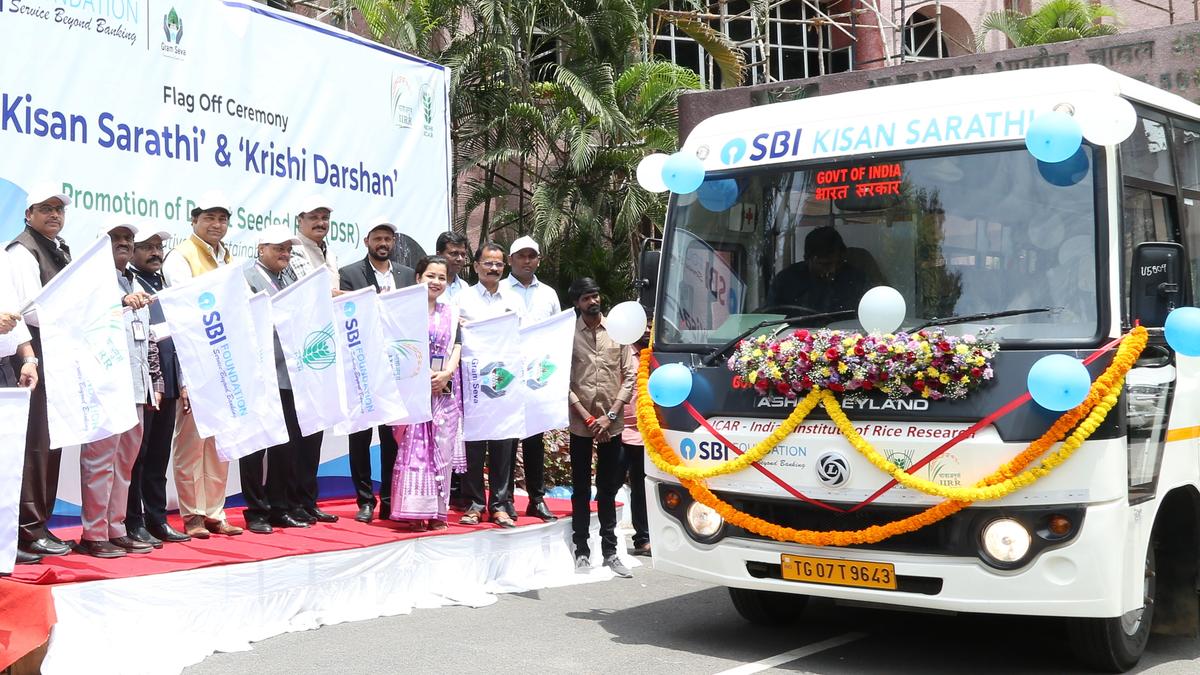Tags
Direct seeded rice technology: Its scope and role in conservation agriculture

Efficient, economical, and environmentally-friendly approach to meeting global demand
Rice is the staple food for more than half of the world’s population. It is not just a staple food in many parts of India but also a part of the culture and heritage. It is also an important source of energy, fibre, minerals, proteins, vitamins, antioxidants, and other biomolecules. Rice therefore plays a vital role in food security, nutrition, and body health. Shrinking natural resource bases and increasing populations, however, are a few challenges for meeting demands and sustaining food and livelihood security.
Projections anticipate that rice production must increase by 25% in the next 25 years to meet global demand. This indicates that we need to produce extra rice with comparatively fewer resources. This may be possible through efficient management of available resources. Rice production with less labour, water, energy, and judicious nutrient and pest management in an integrated manner will be crucial in meeting the challenge of high production costs and the environmental footprint of rice production. Given shrinking water resources and ever-increasing competition with other sectors, water availability is definitely going to be a key factor in shaping future agriculture. Estimates show that in traditionally cultivated rice, around 40% of the world’s irrigation water is utilized. In addition to this, increasing demand for labour makes this input a costly affair. So, some innovative methods of rice cultivation are critically needed to meet demands and secure livelihoods for millions associated with rice farming.
In this context, the scientific community has focused its attention on resource-efficient methods of rice cultivation, including direct-seeded rice (DSR). Rice cultivation by direct seeding, which was its primitive method of cultivation, was further deciphered to overcome the challenges encountered in this practice. Grey areas leading to the abandonment of rice cultivation through direct seeding were introspected through the lenses of recent advancements in the field of agriculture. Around the globe, the availability of new-generation herbicides and refinement in direct-seeded rice production technology has secured a new impetus with glaring evidence of alleviating modern-day concerns of labour shortage, freshwater availability, and greenhouse gas emissions. In this practice of rice cultivation, the seed is directly sown in the field, unlike the conventional transplanted rice, wherein seeds are sown in the nursery and then transplanted in the main field.
As a matter of fact, there are two main variants of DSR: wet direct seeding and dry direct seeding. In the former, pre-germinated seeds are either broadcast or sown using a drum seeder under wet puddled conditions, and in the latter, dry seed is sown under dry soil conditions like other field crops, using a seed drill followed by intermittent irrigation until the seedlings fully emerge. Presently, DSR is considered an efficient, sustainable, and economically viable rice production system. It delivers faster planting and maturing, conserves scarce resources like water and labour, and reduces emissions of greenhouse gases that contribute to climate change. It is also more suitable for mechanization compared to the transplanting method. Mechanized DSR may also create avenues for employment through new service provisions in the country and will be helpful in attracting the attention of youth and women farmers towards agriculture.
As research on direct-seeded rice is in progress across the country, the All Indian Coordinated Project on Rice is taking the lead in this direction. At the Mountain Research Centre for Field Crops (MRCFC)-SKUAS-Kashmir also, scientists have successfully developed varieties and related technologies for achieving higher yields in rice. It may probably be true that the centre has almost achieved the biological limits in terms of potential yields in high-yielding varieties. Keeping pace with the country’s rice research program, this centre is now also focusing on resource conservation technologies, including Direct Seeded Rice. In the Kashmir Valley, direct seeding of rice was practised in the past until the introduction of the transplanting method in the 1960s. The issues encountered by the farmers in direct seeding at that time were sub-optimal plant population, weed infestation, and hurdles in practising double cropping. Weed infestation, in fact, is a major challenge in DSR; however, new herbicides identified have demonstrated an efficiency of more than 95%. Scientists at MRCFC-SKUAST-K are generating data on DSR for its standardization under valley conditions.
In the mono-cropping system, the technologies related to direct seeding have almost been standardized, but to make it compatible with the double-cropping system, research efforts are ongoing. The data generated at MRCFC reflects many advantages of Direct Seeded Rice over conventional transplanted rice. The benefits of Direct Seeded Rice include saving 25-35% water and 35 to 40 man-days per hectare, which otherwise are used for raising the nursery, its uprooting, transportation to the main field, and transplanting. Other benefits that accrue are eliminating the drudgery of labour-intensive transplanting operations, providing a sufficient window for sowing of the subsequent crop due to the early harvest of the rice crop by 7-10 days, reduction in methane emissions, better soil structure, good yields (Around 8 tonnes per hectare in variety Shalimar Rice -4), and higher returns due to the reduction in the cost of cultivation.
In view of the above, it can be concluded that direct-seeded rice is an efficient, sustainable, and economically viable rice production system, and this is a potential area of research for rice scientists to meet present and future demands of the country as well as the Union territory of Jammu & Kashmir.
Dr Tasneem Mubarak is Chief Scientist (Agronomy)-MRCFC-SKUAST-Kashmir
Dr Ashaq Hussain is Chief Scientist (Agronomy)-MRCFC-SKUAST-Kashmir
Dr Intikhab A. Jehangir is Scientist (Agronomy)-MRCFC-SKUAST-Kashmir
Published Date: May 13, 2024






